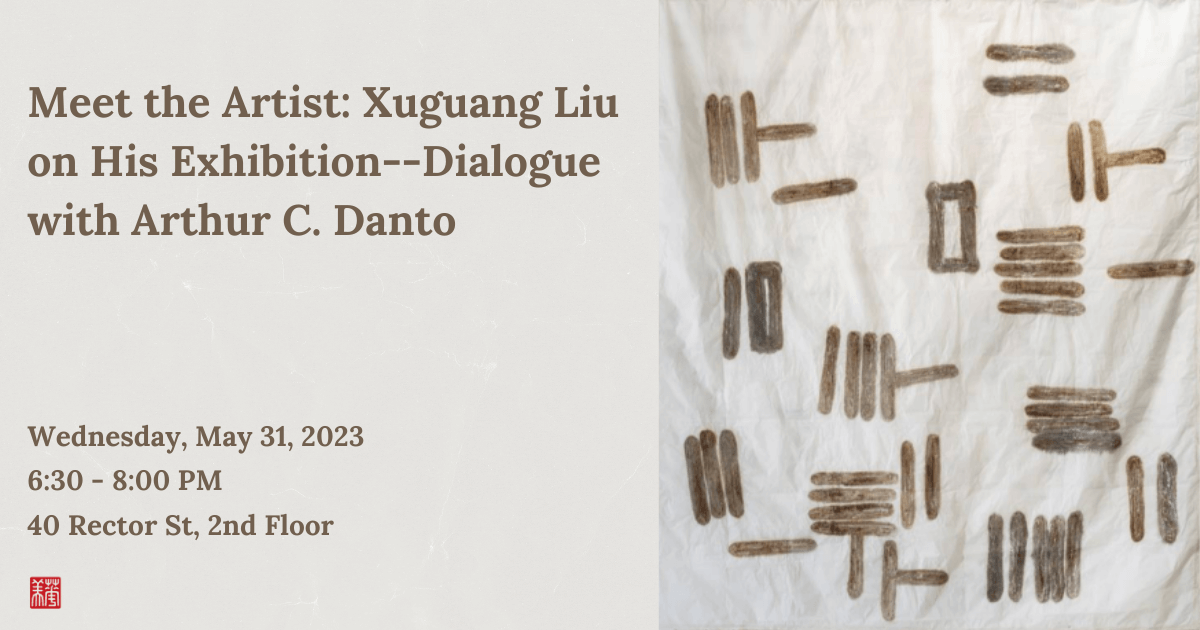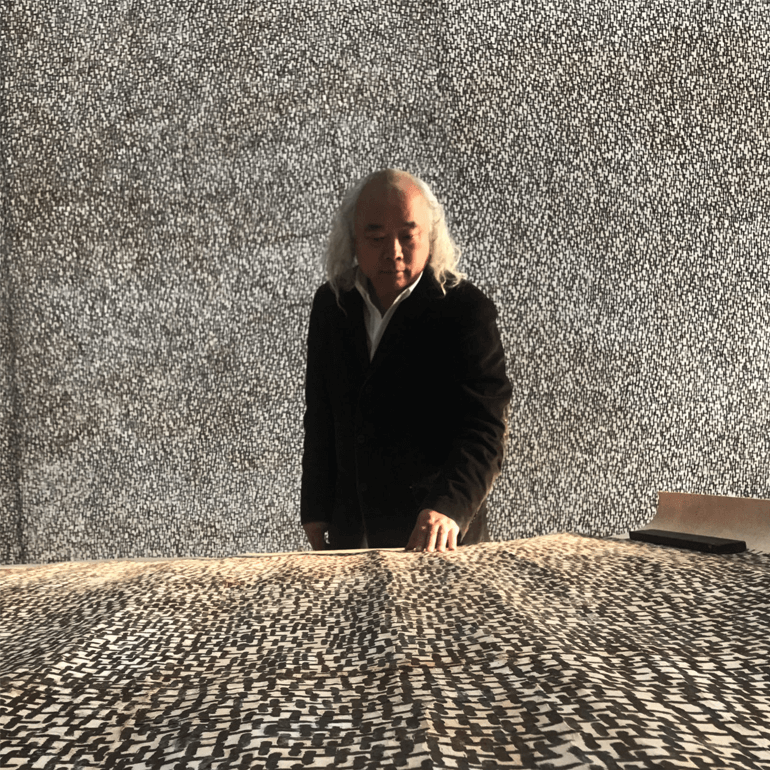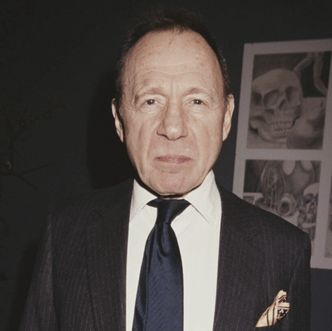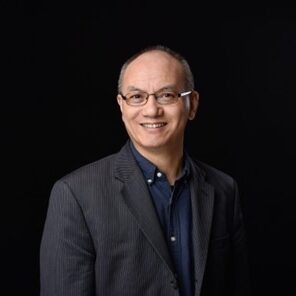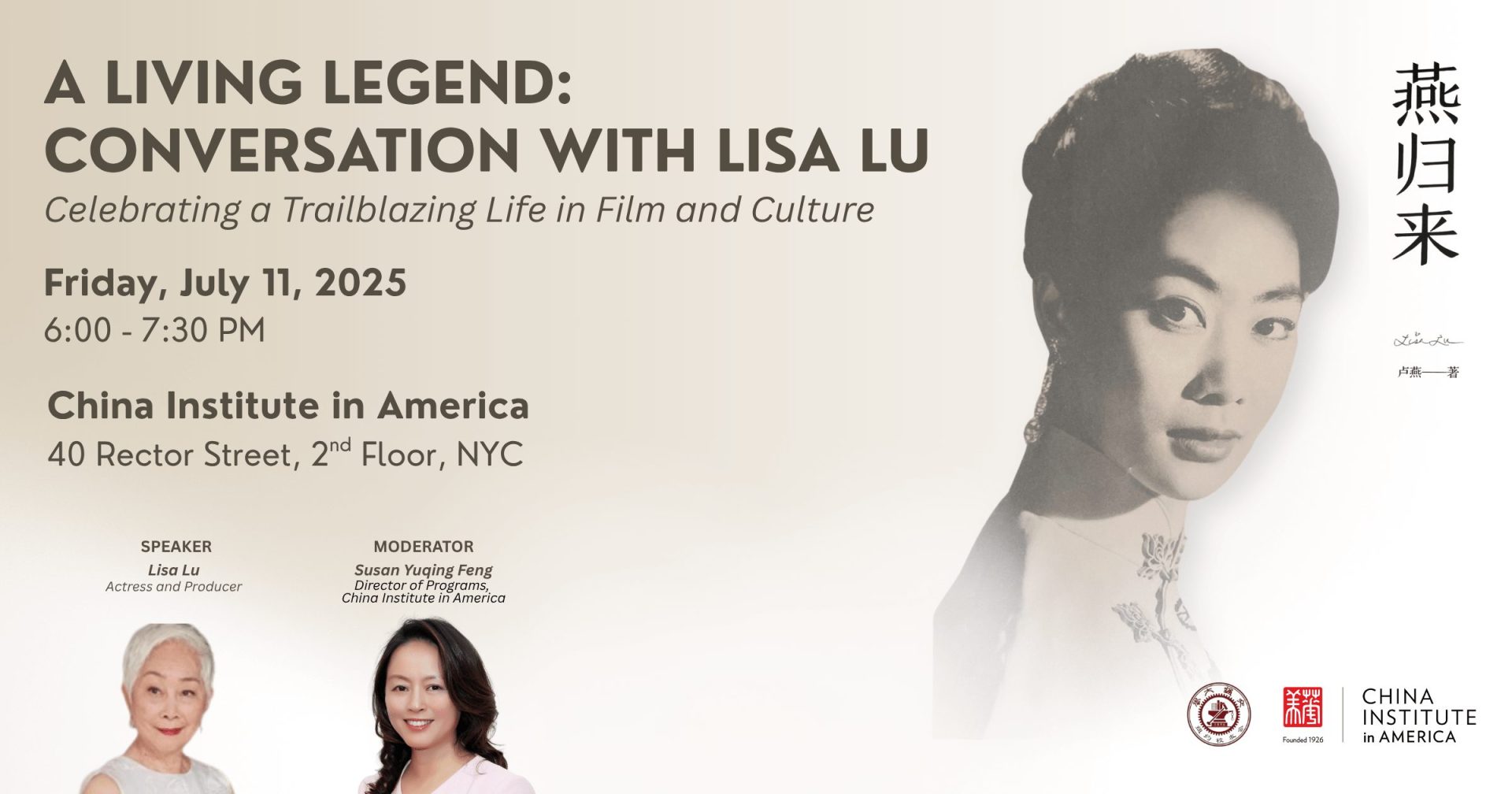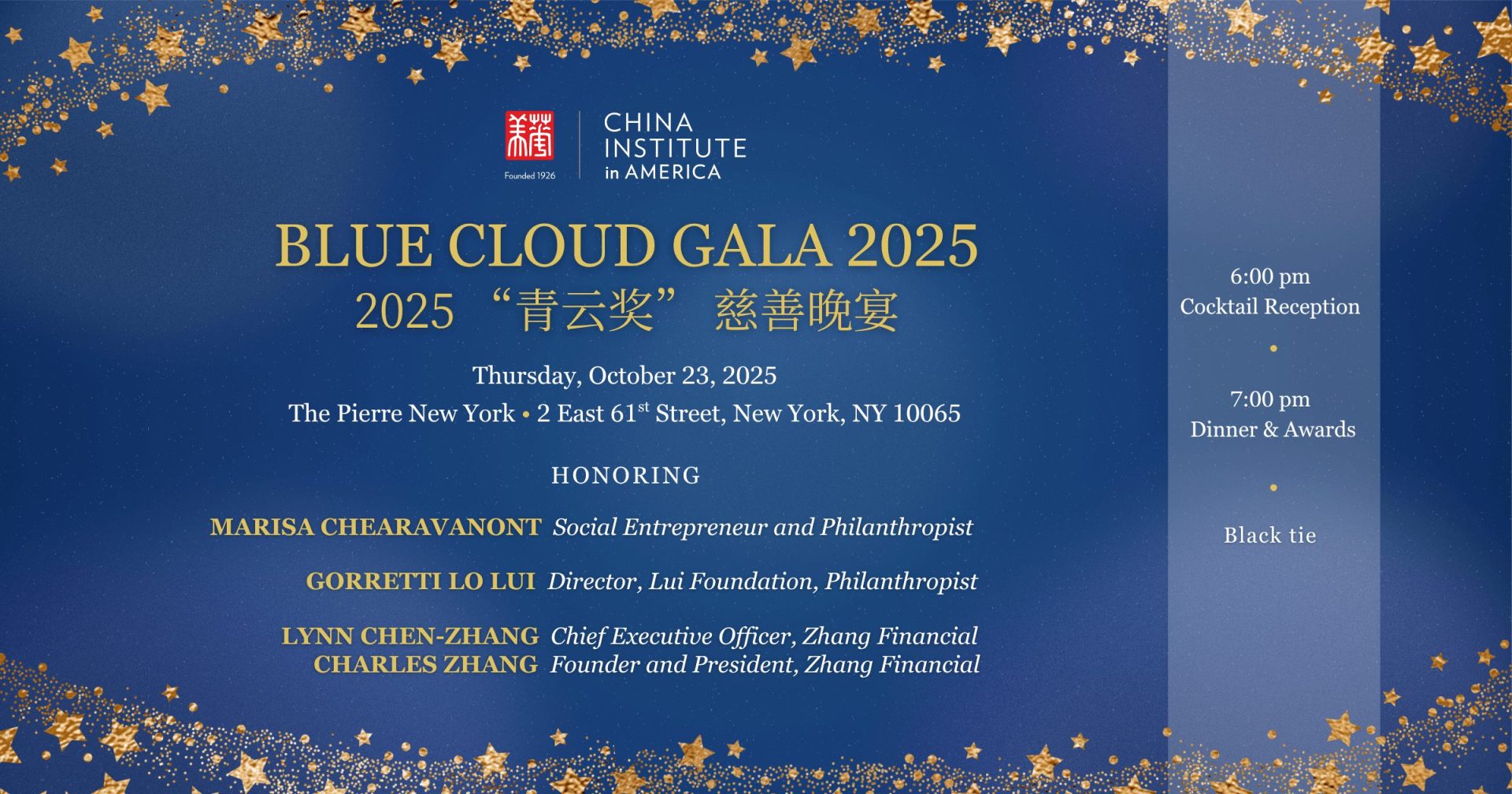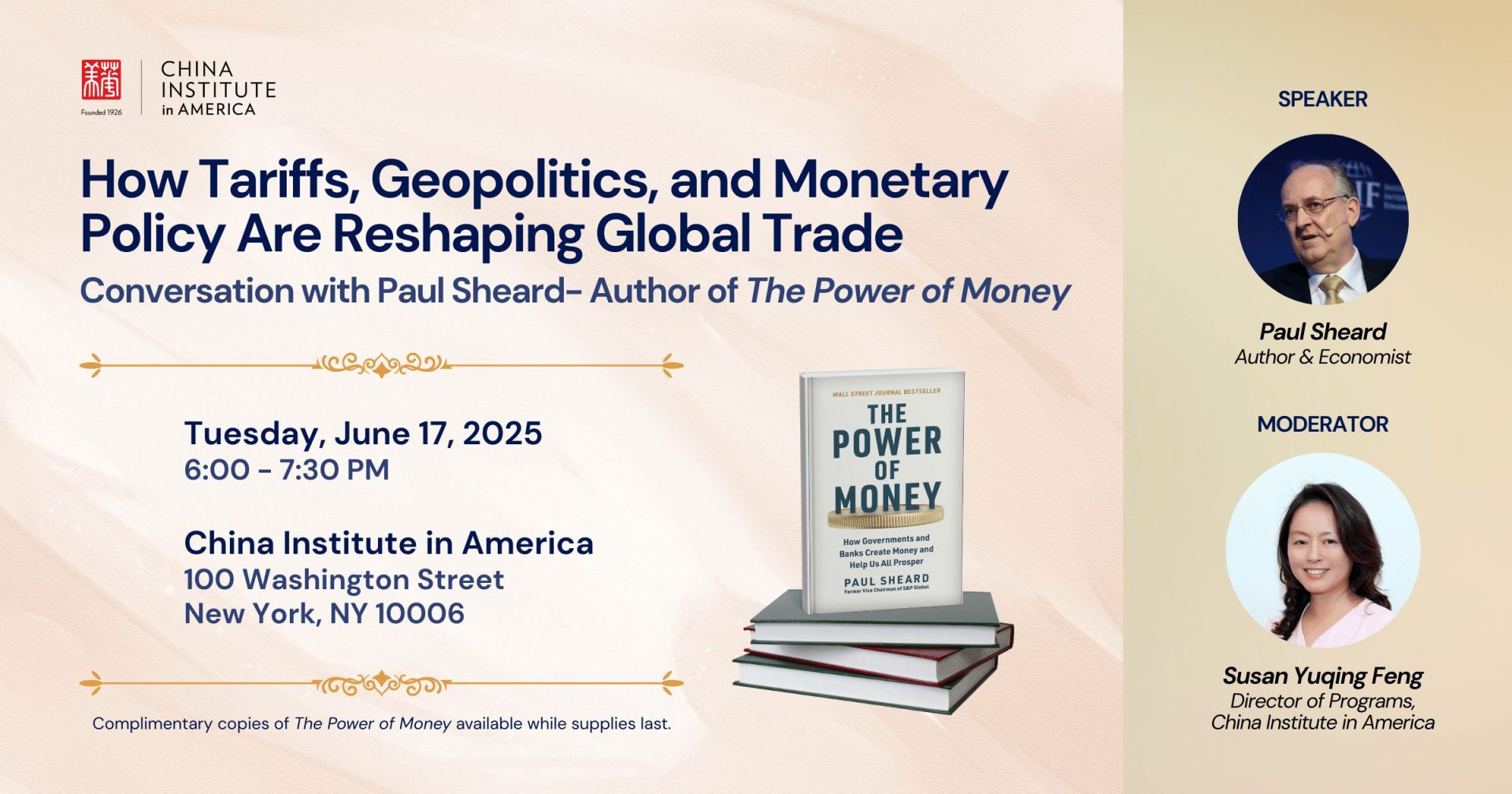At the turn of the last millennium, American philosopher Arthur C. Danto’s book “The Transfiguration of the Ordinary”, published in 1981 triggered fierce debates among Chinese artists and critics. “New York Danto” became the epitome of postmodern questioning of art. Ironically, it was precisely the time when Marcel Duchamp’s art was welcomed in China with impartiality, enthusiasm and humor, free of any tendency towards iconoclasm.
Xuguang Liu completed his PhD at Beijing’s Tsinghua University with a “Theory of Essence Consciousness”, subsequently he elaborated this concept during art study visits to Japan. His research was based on a single character from the oldest Chinese character tradition, marks of “bu” (卜) found on Chinese bone writing. On the basis of this character he created works, often using large sheets of rice paper, on which he drew a dense web of “bu” (卜) marks, drawn with oily earthy work ink and iron dust made himself. The lively vibration of all the “bu” (卜) marks follows a single direction, but none of them is absolutely the same as the other. Thus they become the epitome of a many-voiced foundational act of civilization that translates direct verbal exchange into the permanence of objectifying signs, a new, social form of memory. His search for the “Essence of Consciousness” is therefore not a regressive longing for the origins, but a link of contemporary culture with its foundations, still handed down in China.
By Ursula Panhans-Bühler,
Curator of Liu Xuguang: Dialogue with Arthur C. Danto
Join China Institute in a thought-provoking discussion between artist Xuguang Liu, art critic Anthony Haden-Guest, and art historian and curator Zhijian Qian on Liu’s upcoming exhibition Dialogue with Arthur C. Danto at the WhiteBox Art Center.
This event is in collaboration with the WhiteBox Art Center.

This program is made possible through the support of the Chinese International Education Foundation, and generous supporters of China Institute.
This program is supported, in part, by public funds from the New York City Department of Cultural Affairs in partnership with the City Council.

